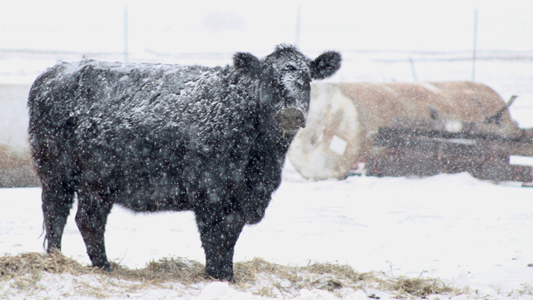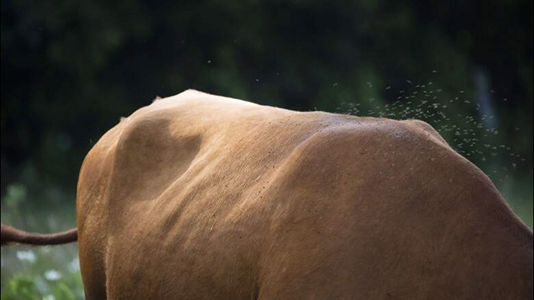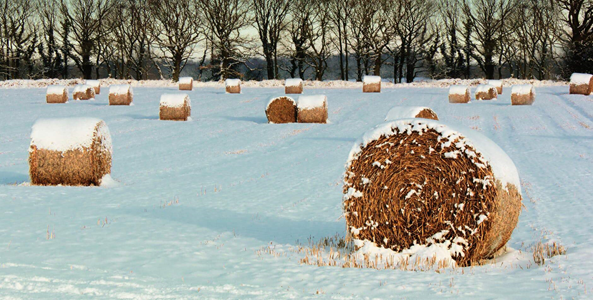
When you need to account for the unpredictable nature of frost dates, Central Life Sciences recommends taking a "30/30" approach to fly control on your operations. To maximize control of overwintering horn fly pupae, follow our recommended 30/30 approach by continuing to feed Altosid® IGR to your herd until 30 days past the first frost in fall. This will help account for any spikes in temperature after the first frost that can promote more significant fly activity. An effective 30/30 approach also includes starting Altosid® IGR in your feed 30 days before average daily temperatures typically reach 65 degrees each spring.
Get started with the 30/30 approach with these three easy steps:
- Know when to start feeding, approximately 30 days before the average daily daytime temperatures reach 65° F. This is when overwintering flies emerge.
- Continue feeding through the fall, 30 days after the first frost has been recorded. This is to help reduce overwintering pupae, giving you a jump start on the next fly season.
- Implement a comprehensive Integrated Pest Management (IPM) program that includes biological, physical-mechanical, and cultural efforts to reinforce your fly control.
IPM Program
Put an IPM program into place to keep cattle performing their best and maintain control of your bottom line. An IPM program is a pest control strategy that uses various complementary methods, best cultural practices, and fly control products. An effective IPM program should include these three key components:
- Cultural Control
- Biological Boost
- Chemical Containment
When incorporated into a complete Integrated Pest Management (IPM) program, the use of Altosid® IGR with the "30/30" approach can help producers account for the unpredictability of the seasons and significantly lower horn fly populations while increasing cattle comfort and profitability. In addition, the 30/30 approach helps account for the variability in weather patterns to maximize control of overwintering fly pupae. These overwintering flies will be the first to emerge once the weather warms, jumpstarting fly populations in the spring.
Countless studies have shown that flies can cause severe economic damage to beef operations. The effects are very real to producers, and controlling fly populations has never been more critical. By following a "30/30" approach, producers can get ahead of the horn fly population in the spring before it builds to a level that exceeds the economic threshold. By continuing to feed 30 days past the average first frost date in the fall, producers can reduce the number of overwintering pupae, giving them a head start on the population for the following year.
To learn more about our recommended 30/30 approach to horn fly control, download our 30/30 White Paper.


